
Top Signs Your Bay Area Home Has Foundation Problems
From soil conditions to seismic standards, here’s what makes foundation work more expensive—and how to keep it affordable.
When you think about the most important part of your Bay Area home, your mind might jump to the kitchen, the living room, or even the roof. But none of those matter if your foundation is compromised. The foundation is the backbone of your home. It literally holds everything together.
Unfortunately, foundation problems don’t always announce themselves loudly. In fact, they usually start small—like a tiny crack in the drywall or a door that doesn’t close quite right. Over time, these minor signs can escalate into major, structural threats that cost tens of thousands of dollars to repair.
In the Bay Area, the risk is even greater. With its diverse soil conditions, seismic activity, coastal moisture, and mix of historic and modern homes, foundation issues are not just common—they’re expected. Knowing how to spot the signs early is not just good practice—it’s critical for protecting your investment.
This blog will take you through every major (and minor) sign that your Bay Area home may have foundation issues, backed with local context, homeowner stories, and expert advice. If you’ve been ignoring that crack in your wall, by the end of this article, you won’t anymore.
Why Foundation Problems Are Especially Common in the Bay Area
Before diving into the signs, it’s important to understand why foundation problems are so prevalent in this region:

Seismic Activity
The Bay Area lies on and around multiple major fault lines, including the infamous San Andreas Fault. Even small earthquakes can gradually shift the ground beneath your home, causing foundational stress.

Expansive Clay Soils
Cities like Oakland, Berkeley, Fremont, and San Jose are filled with clay-rich soils that expand during wet months and shrink during dry ones. This movement puts pressure on your foundation year-round.

Aging Housing Stock
From historic Victorians in San Francisco to mid-century homes in Daly City and San Mateo, many Bay Area homes are decades old—some over a century. These homes often sit on outdated foundation systems that weren't designed to handle modern-day stresses.

Coastal Moisture & Poor Drainage
Areas like Pacifica, Half Moon Bay, and Marin County frequently deal with fog, rain, and groundwater. Poor drainage systems and constant moisture exposure weaken foundations over time, especially in older homes.
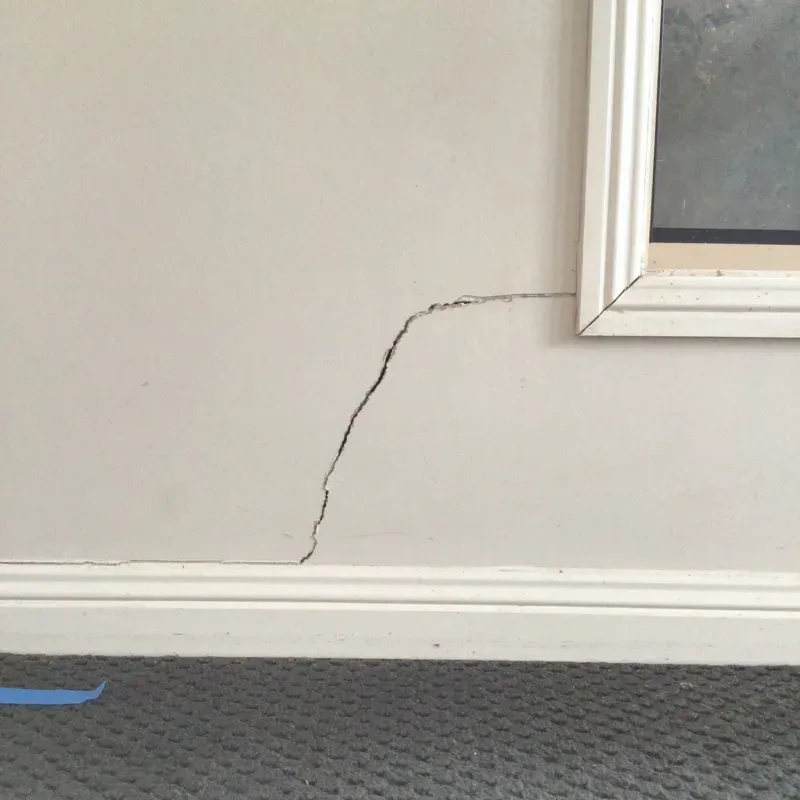
Cracks in Walls, Floors, and Ceilings: More Than Just Cosmetic
Hairline cracks may seem harmless—but they often tell a deeper story. Cracks in drywall, tile, or brick could be your first clue that something’s wrong below the surface.
What to Look For:
Vertical cracks above doorways or windows
Diagonal cracks extending from corners
Stair-step cracks in brick or concrete walls
Large horizontal cracks (the most serious)
Doors and Windows That Stick or Swing Open
If doors and windows suddenly become difficult to open, it’s not just humidity—it might be your foundation pulling the framing out of square.
Signs to Watch:
1. Interior doors that drag along the floor
2. Exterior doors with large gaps at the top or bottom
3. Windows that used to glide smoothly now jam or resist closing
4. Doors that no longer latch properly or swing open on their own
As the foundation shifts, even slightly, it causes the frame of the house to warp. That misalignment shows up first in parts of the home with tight tolerances—like doors and windows.
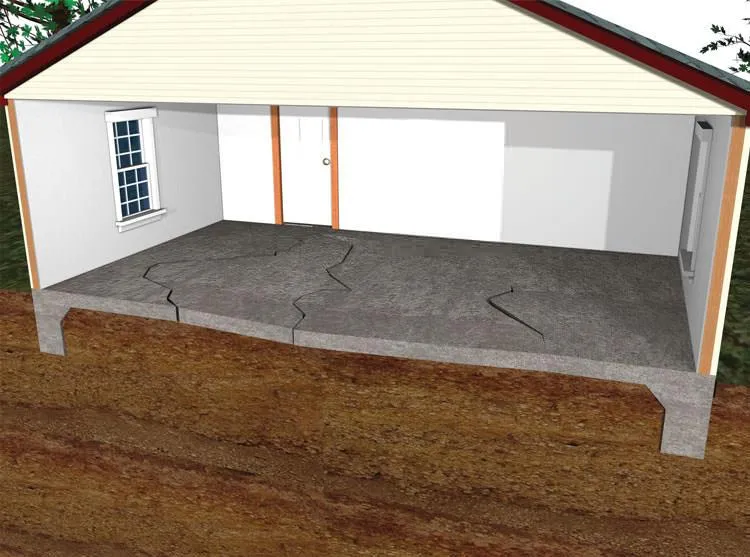
Uneven or Sloping Floors
A house should feel solid and level under your feet. If your floors are beginning to slope, sag, or bounce, it’s a loud warning bell.
Common Symptoms:
Marbles or balls roll without help
Cabinets or counters appear uneven
Soft spots or dips when walking
Hardwood flooring buckles or gaps appear
This is especially prevalent in crawlspace homes common in Berkeley, Alameda, and South San Francisco, where pier and beam systems can deteriorate from moisture and age.
Gaps Around Windows, Doors, and Trim
When your house shifts, the gaps show up where materials meet.
Indicators Include:
Visible daylight around your door frames
Trim separating from walls or window sills
Crown molding or baseboards detaching or cracking
Drafts and air leaks you never noticed before
A few homeowners attempt to fix these by adding weatherstripping or caulking, but the problem always returns. That’s because the real issue is beneath the surface.
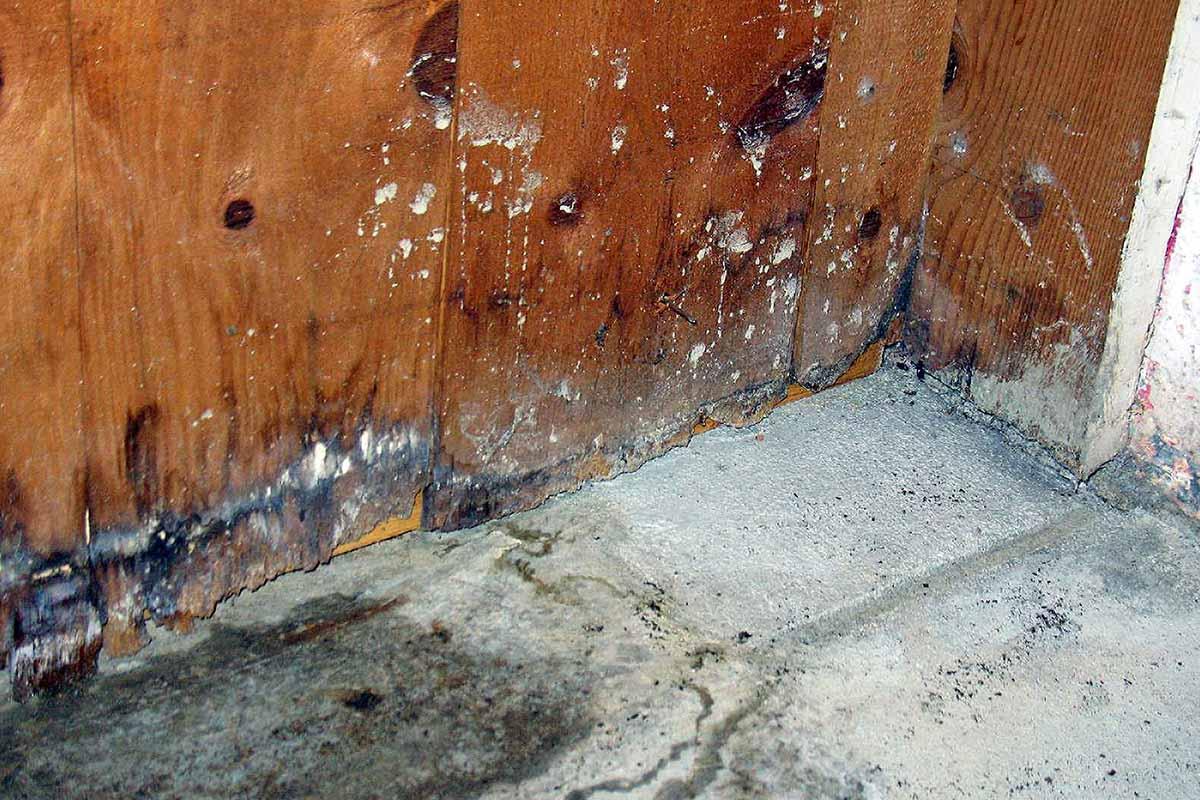
Moisture and Mold in the Basement or Crawlspace
Moisture in your crawl space is one of the most overlooked—but dangerous—issues that affect foundations.
Look For:
Pooled water or persistent dampness
Efflorescence (white powdery residue) on concrete
Rust on metal supports or joists
Musty smells that don’t go away
Mold patches on wood, insulation, or walls
In coastal areas or homes near bodies of water (like Mill Valley or Richmond), consistent humidity and improper drainage contribute to rot and soil erosion, weakening the foundation structure underneath.
Cracks in Exterior Foundation, Brick, or Chimney
The outside of your house often speaks the loudest—if you know where to look.
Pay Attention To:
Zigzag cracks in brickwork
Cracks in the concrete perimeter foundation
Chimneys pulling away or leaning
Gaps between exterior stairs and the home
A leaning chimney is especially serious—it can become a collapse hazard during earthquakes or storms.
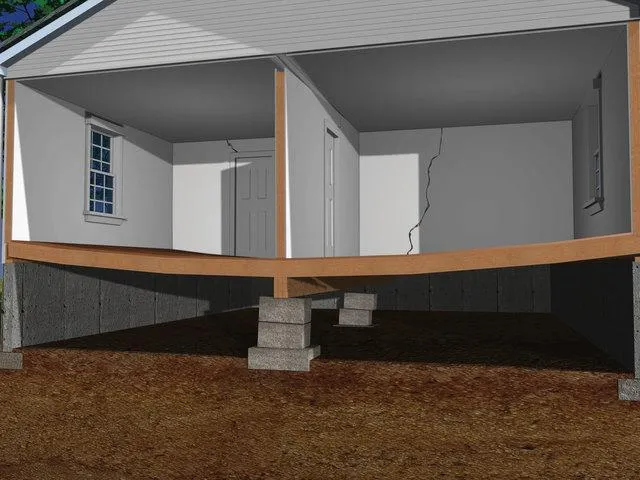
Bouncing, Spongy, or Sagging Floors
When a floor feels “off,” trust your instincts.
Excessive floor vibration while walking
Noticeable sag between joists or beams
Shaky furniture or unsteady steps
These problems often point to failing joists, rotten piers, or insufficient subfloor support—all of which can originate from an unstable foundation.
Nail Pops, Sheetrock Cracks, and Interior Separation
When your foundation moves, your interior walls feel it too.
Common Clues:
Circular nail pops on ceilings or walls
Cracking or warping along drywall seams
Corners pulling apart
Ceiling separating from the crown molding
Even well-maintained homes in upscale Bay Area neighborhoods like Palo Alto or Walnut Creek aren’t immune. No amount of paint will permanently hide these issues if the root cause isn’t addressed.
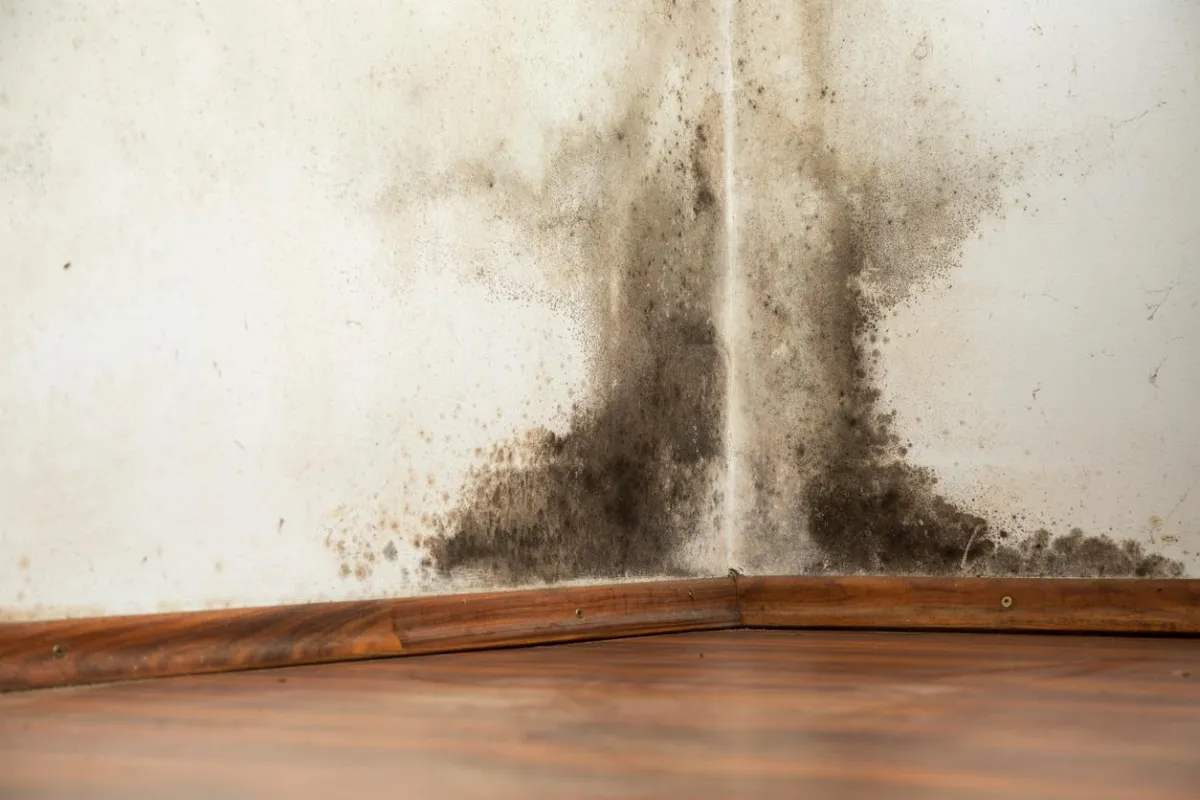
Persistent Musty Smells or Mold Growth
When foundation movement affects your crawl space or drainage, moisture builds up, creating an ideal breeding ground for mold.
Warning Signs:
Sneezing or allergy symptoms indoors
Mildew scent in multiple rooms
Mold growing along baseboards or under rugs
Increased utility bills from hidden moisture issues
Mold and moisture can eat away at wooden beams, weaken structures, and jeopardize your family’s health.
What You Should Do If You Notice These Signs

Don’t Ignore the Problem
Foundation issues rarely fix themselves. The longer you wait, the more expensive and complex the repairs become.

Document
Everything
Take clear photos of cracks, gaps, and problem areas. Write down the dates and any changes you notice over time.

Get a Professional Foundation Inspection
Contact a licensed, local expert who understands Bay Area conditions. Avoid general contractors without structural expertise.

Don’t Settle for Cosmetic Repairs
Filling cracks or repainting walls won’t fix a shifting foundation. Always address the root of the issue—not just the symptoms.
Conclusion: Protecting Your Investment Starts Below the Surface
Your home isn’t just a place—it’s your greatest financial asset and your family’s safe haven. Ignoring foundational warning signs can lead to severe consequences: crumbling structures, failed home sales, health risks, and catastrophic repair costs.
In a place as geologically complex as the Bay Area, these issues are not rare—they’re routine. But the good news is that with early detection and professional help, most foundation problems are fixable—often without major disruption or demolition.
So next time you notice a crack, a squeaky floor, or a sticky door, don’t brush it off. It might be your home whispering: “Hey, something’s not right.”
